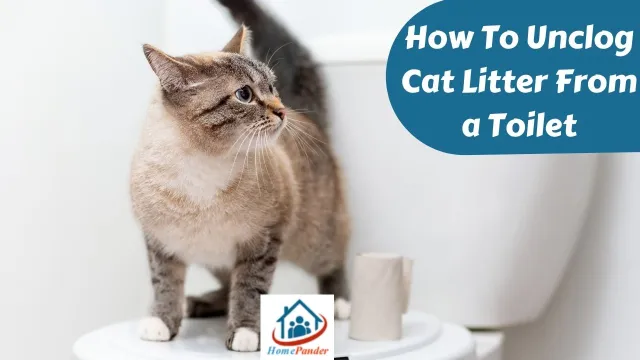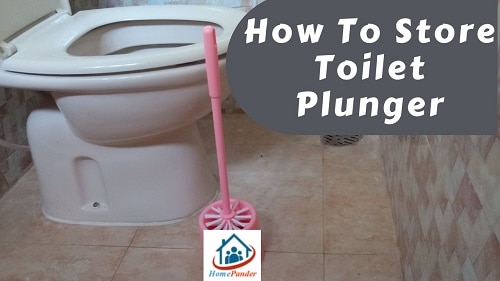Even though bleach has its share of negativities, it is one of the most reliable cleaners to deal with stubborn stains, mold, and other hygiene issues. Can you clean bathtub tiles with bleach? If you follow the right steps, you can clean tiles-laden bathroom surfaces safely.
You can clean bathroom tiles with bleach using a diluted bleach solution. You need to maintain an ideal water-bleach ratio for an effective, non-abrasive cleanse.
Before we show you how to use bleach to clean bathroom tiles, we must tell you that bleach is only suitable for ceramic and glass tiles. Do not use bleach on cement tiles and natural stone since they need a more delicate maintenance approach.
Things You’ll Need
- Bleach
- Vinegar
- Dish soap
- Essential oil (optional)
- Microfiber mop
- Scrubber
- Hydrogen peroxide
- Baking soda
- Old toothbrush
- Two sprayer bottles
- Footstool
- Gloves
- Mask
- Safety goggles
How To Clean Bathroom Tiles With Bleach?
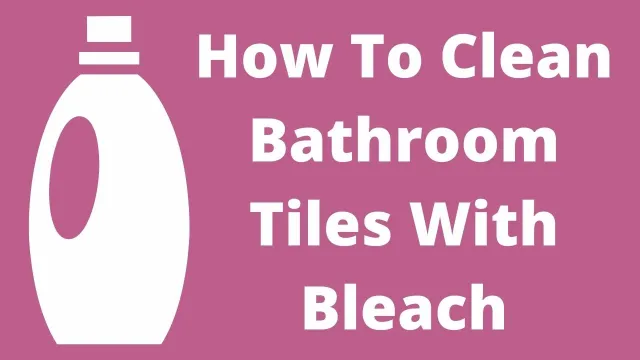
Step 1. Dry The Tiles
The first thing you need to do is to wipe the tiled walls and floor of your bathroom with a microfiber mop. It will absorb the surface moisture quickly and make the tiles dry. Pick a mop with a long handle so that you can reach the upper sections of the wall.
Step 2. Make A Dish Soap Vinegar Mixture

Hold on a minute! Why are we telling you to make a vinegar-soap mix when the title of this article reads ‘’how to clean bathroom tiles with bleach’’?
Bleach is a strong disinfectant and cleaner. But, if you solely rely on it to clean your bathroom, you would need a higher quantity of bleach. Bleach exposure to such an extent could not bode well for your tiles. So, you have to apply it as a secondary cleaner when cleaning tiles.
Therefore, you need to use a milder cleaning agent before you douse your tiles with bleach. The bleach will apply the finishing touch to the cleaning process rather than carrying it all the way through.
Now, pour equal amounts of vinegar and liquid soap into a sprayer bottle and shake it well. A couple of shakes should be enough for the vinegar and soap to blend well. It is ready for use, but you can modify it further by adding a few drops of essential oil of your choice.
We encourage the use of essential oil since it will help in dealing with the bathroom smell.
Step 3. Apply The Vinegar-Soap Mix
Spray the mixture all across the floor and walls of your toilets. Do not miss the shower tiles too. Make sure you do not miss an inch. Take a footstool for accessing the tiles adjacent to the ceiling. Once you are done, let the cleaner sit for 20/30 minutes.
Step 4. Create A Hydrogen Peroxide-Baking Soda Paste
As you wait for the vinegar-soap mix to take effect, prepare a hydrogen peroxide-baking soda for the grout. The grouts accumulate a lot of grime and moisture over time, so we would advise you to use a stronger cleaner for them. The combination of baking soda and hydrogen peroxide can deliver a mightier punch.
Add one part of baking soda to two parts of hydrogen peroxide. Stir it with an old toothbrush and make a paste.
Step 5. Coat The Grouts With Hydrogen Peroxide-Baking Soda Paste
Cover the grouts with the hydrogen peroxide-baking soda mix you have just made. Soak the toothbrush bristles with the paste and brush along the lines to lay a coat of baking soda-hydrogen peroxide over the grout. Wait for 10 minutes before washing it away.
Step 6. Wash and Scrub The Tiles and Grouts
After the waiting time is over, rinse the tiles and grout. Pick up the old toothbrush again, clean its bristles in running water, and brush over the grouts to remove the grime and paste. Take a hand shower or a bucket and a mug to douse water as you brush.
After cleaning the grouts, concentrate on the tiles. Scrub them with a soft scrubber and keep on pouring water. After you finish cleaning the tiles, turn on the bathroom fan and mop the floors and walls dry with the microfiber mop.
Step 7. Prepare Bleach Solution
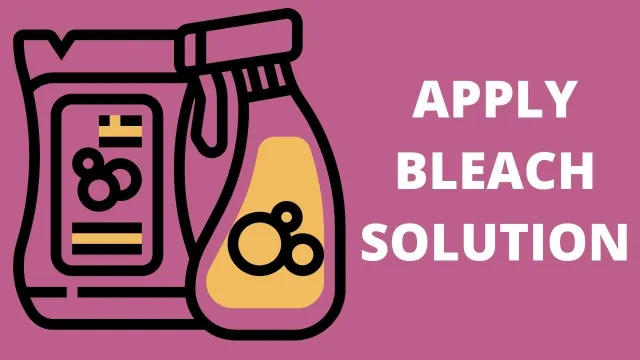
WikiHow advocates a 1:3 bleach-water mix for bathroom tile cleaning. It is the perfect concentration for porcelain and ceramic tiles, but we would recommend a milder mix for glass tiles. A 1:4 mix is perfect for treating glass tiles.
Wear protective gear before handling bleach. Put on a mask, goggles, and gloves.
Step 8. Spray Bleach Solution On Tiles
Fill a bottle with bleach solution and return to the bathroom. The tiles should dry out by then. Spray bleach all over the tiles and leave it for ten minutes.
Step 9. Wash The Bleach Away
Rinse the tiles to remove the bleach. Scrub gently on leftover spots. They should come off with minimal effort. Mop the tiles afterward.
Check our latest guide about Best Bathroom Cleaner Without Bleach.
Frequently Asked Questions
- Can I Add Something Else To Bleach For Better Results?
Do not mix bleach with any other cleaners. Ammonia and bleach create chloramine gas which is very toxic. Also, hydrogen peroxide and bleach can cause an explosion. So, remember not to add anything with bleach other than water.
- Can I Use Hot Water With Bleach?
There is a common misconception that hot water compromises the cleaning abilities of bleach. That is not true, but bleach produces more toxic fumes when it reacts with hot water. So, we would suggest using room temperature water.
Final Say
If you were wondering how to clean bathroom tiles with bleach, hopefully, this article will be useful to you. There are many cleaning options that we will rank above bleach when it comes to cleaning tiles.
But, if you want to try it out anyway, follow our guidelines so that you do not end up damaging your tiles. Following the right method is crucial when attempting to clean bathroom tiles with bleach.




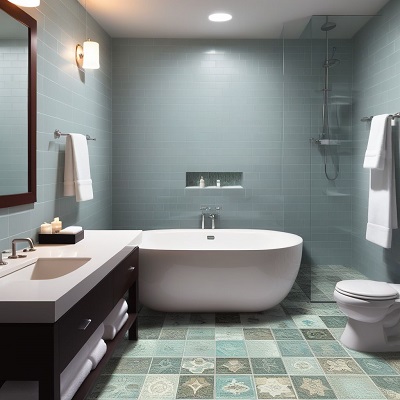

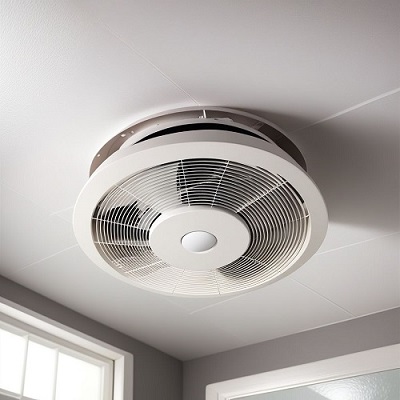
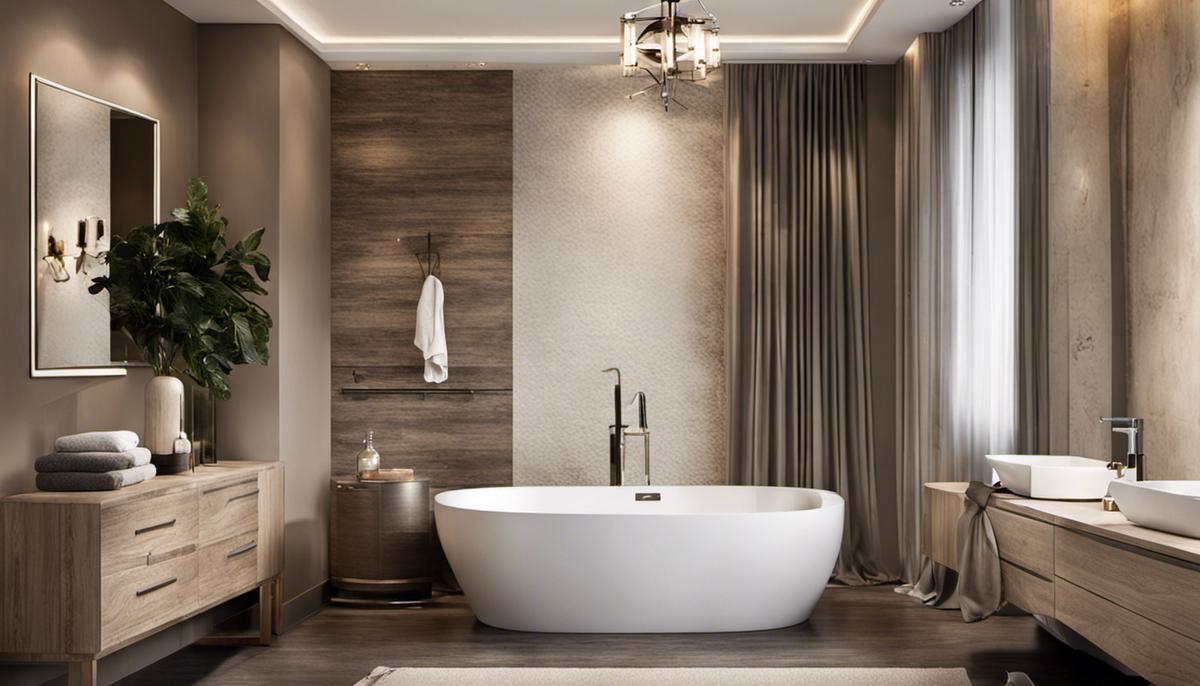


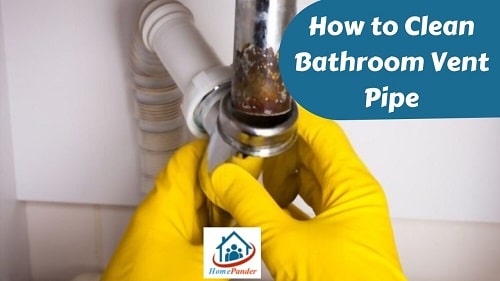
![How To Clean Dark Grout That Has Turned White [5 Easy Ways]](https://homepander.com/wp-content/uploads/2021/12/How-To-Clean-Dark-Grout-That-Has-Turned-White.webp)

![How to Remove Crystallized Urine [Explained]](https://homepander.com/wp-content/uploads/2022/02/How-To-Remove-Crystallized-Urine.jpg)


